Mesa Verde National Park was established in 1906 to preserve and interpret the archeological heritage of the Ancestral Pueblo people who made it their home for over 700 years, from 600 to 1300 CE. Today, the park protects nearly 5,000 known archeological sites, including 600 cliff dwellings. These sites are some of the most notable and best preserved in the United States.
Once you enter the Mesa Verde National Park, it takes about 45 minutes of driving to reach your first view of one of the park’s famous cliff dwellings.
The site sits on top of a Mesa (above), hence Mesa Verde (Spanish for Green Table) and the drive up is a winding road of switchbacks. We headed up in a 27 foot RV and I can tell you that the first day driving up was a cautious one for me. I could feel the wind on the RV and some of the switchbacks were tight. By our third day, I had a better feel for the roads but an RV adds a different dynamic to the drive up.
Mesa Verde National Park has a single main road that leads to all the historical sites you might want to see. However, the road splits partway through the park, so seeing everything will require you to do a little backtracking. One fork runs along Chapin Mesa and leads to the Spruce Tree House, Balcony House, and Cliff Palace, the largest cliff dwelling in North America. The other fork runs down Wetherill Mesa and leads to the Step House and the Long House.
Mesa Verde Park is one of only 20 World Heritage Sites in the entire United States and stands as the largest archaeological preserve in the country on top of a beautiful mesa covered in sagebrush and pinon juniper forest.
The Simple History
The story goes that back in 1888, ranchers Richard Wetherill and his brother-in-law Charlie Mason, were on the prowl for stray cattle. While riding along the top of the mesa, they spotted the ruins which looked something like “A magnificent city.” In time, those ruins would come to be known as Cliff Palace. Cliff Palace is now thought to be the largest cliff dwelling in North America and it was Wetherill that gave the ruin its current name.
That’s Mesa Verde’s simple history. Truth is, Mesa Verde has had a tumultuous start since its discovery. One of the people who stayed with the Wetherill family to explore the cliff-dwellings arranged to return found artifacts to his home country. No surprise, people took issue with this and it sparked the first lawsuit which would eventually result in the Antiquities Act of 1906. Even before the existence of the National Park Service itself, Mesa Verde Park was officially established by an Act of Congress.
Mesa Verde Park was the first archaeological area in the entire world to be recognized and protected in this way.
Today, you don’t have to have to go in search of stray cattle today to see this remarkable World Heritage Site.
More than a half million people visit Mesa Verde Park annually. The Park occupies 52,485 acres near the four conjoined corners of Colorado, New Mexico, Utah, and Arizona, which was another spot we visited. With more than 4,300 sites, including 600 cliff dwellings, it is the largest archaeological preserve in the United States.
So where do you start in a Park with more than 4,300 sites?
You can start to explore the Park on your own or you can enlist the expertise of the guided tours inside Mesa Verde. We took the 700 Years Tour. It included a guided bus ride of the park and then a tour of Balcony House, where we climbed straight up a ladder on the side of a cliff before entering the dwelling.
As you probably guessed, Mesa Verde National Park reflects more than 700 years of history. Some of the earliest pit houses are believed to have been built around 600 AD.
The Mesa Verde tour is coined the “700 Years Tour” because it focuses on the impressive cliff dwellings of the 13th century. The mesa tops aren’t the only place they’ve built their homes. They even dared to reside within the canyon walls.
Some 600 cliff dwellings built of sandstone and mud mortar have been recorded within Mesa Verde National Park – including the famous multi-story Cliff Palace, Balcony House, and Square Tower House. The cliff dwelling sites vary in size from small storage structures to large villages of 50 to 200 rooms.
Balcony House
We chose to visit Balcony House, and we liked our choice.
The only real challenge on this tour-and they do warn you about the difficulty before you buy the tickets, was that we had to climb a 32 foot wooden ladder, visit the site, then go through an 18 inch wide tunnel, and then climb up another ladder at the end. So if any of that doesn’t appeal to you, you may want to try a different tour.
After everyone was up at the top, our park ranger guide went on to explain a lot about the history of the Ancestral Puebloans, how they built the dwellings, what purposes the different rooms and buildings had. She was highly informative and we were very happy we had such an interpretive source to provide the details she did.
Balcony House was a mid-sized village of 38 rooms and two kivas and probably housed up to 30 people. Two naturally-occurring seep springs were located nearby, one within the alcove and one just below. Interestingly, its alcove faces northeast, which means the homes inside received little warmth from the sun during the winter months. Our guide said this suggested that perhaps the residents considered other needs, such as easy access to water, more important.
Evidence of how room and passageway construction in the alcove evolved through time can easily be seen in Balcony House.
Today, the tunnel, passageways, and modern entrance ladder are what make it the most adventurous cliff dwelling tour in the park.
After leaving the main house, we had one more ladder to climb in order to leave and it’s straight up the side of a cliff.
You can see at the second section, fencing has been added to the rough hewn stairway as a ‘safety feature‘. The chains along the sides were helpful in pulling yourself up which came in handy because the steps become a little slippery when they are wet and it just happened to be raining when we started up.
All that said, it was exciting and everyone was looking out for each other.
Cliff Palace
Other archaeological sites, such as pit-house settlements and masonry-walled villages are distributed over the mesas. Non-habitation sites include: farming terraces, check dams, field houses, reservoirs and ditches, shrines and ceremonial features, as well as rock art.
The expert tour guides guide you through some of the first indications of human habitation and show you the development of this ancient civilization where you can glean insight into the fascinating history of pre-cliff dwellers.
Cliff Palace’s (above) complexity will astound you with over 150 rooms and 23 kivas (round sunken rooms). It is believed to have had a population of approximately 100 people. Out of the nearly 600 cliff dwellings concentrated within the boundaries of the Park, 75% contain only 1-5 rooms each, and many are single room storage units. It is thought that Cliff Palace was a social, administrative site with high ceremonial usage.
One of the take-aways I got from our guide was that each dwelling appears to have been built around a spring, which gurgle out of the back of each dwelling and I had the sense of over population causing problems but you have to go and see for yourself.

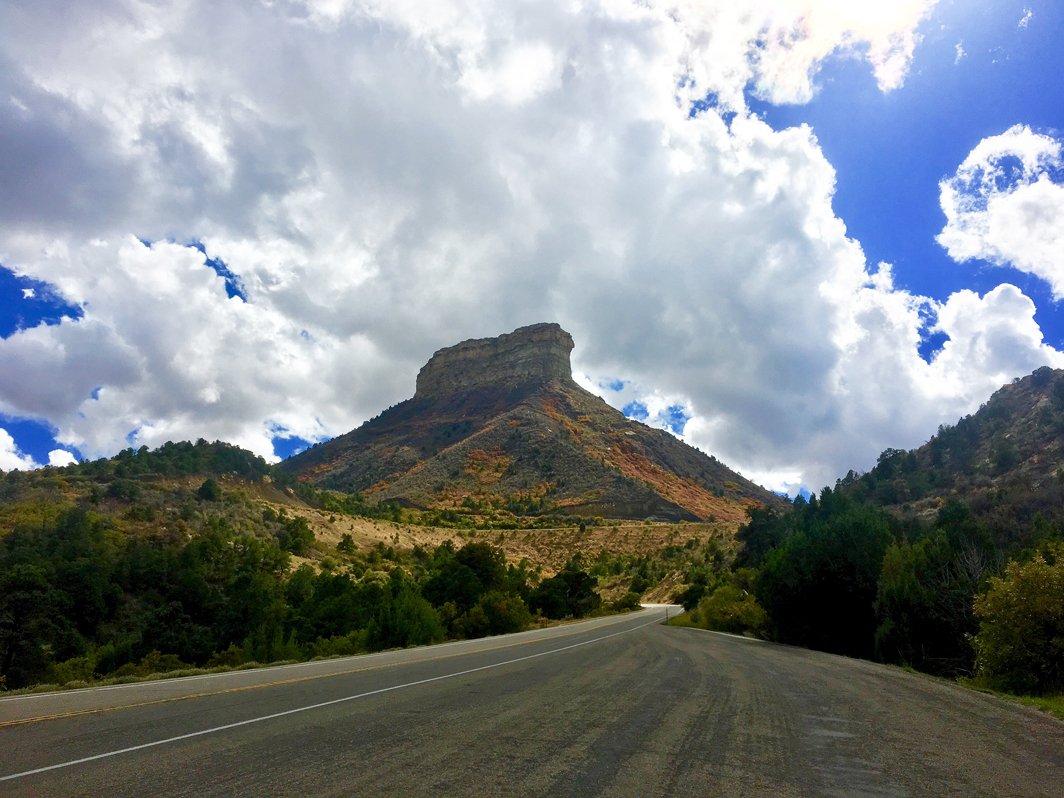

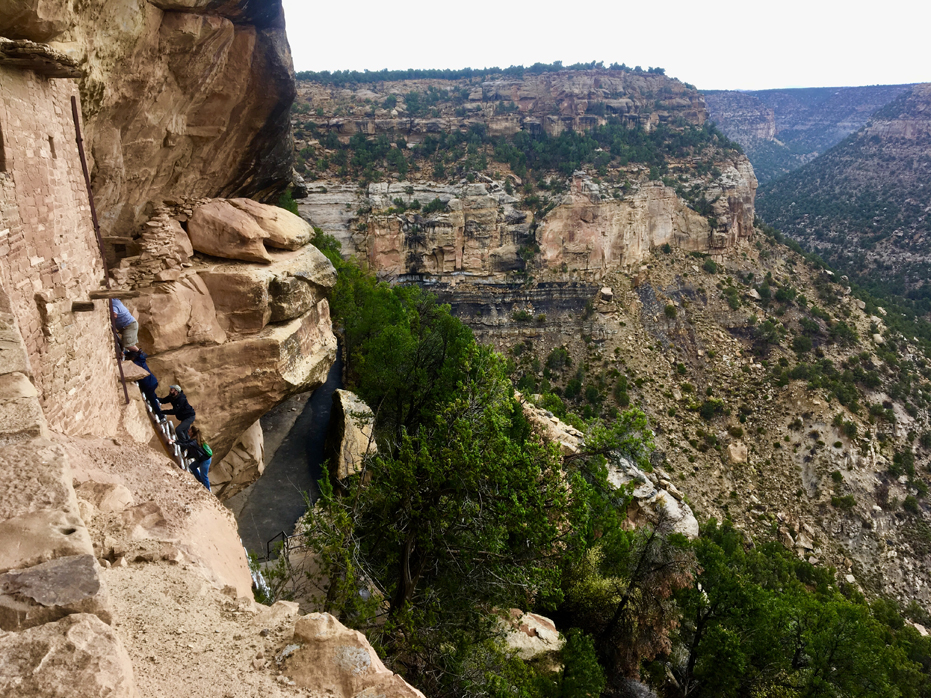
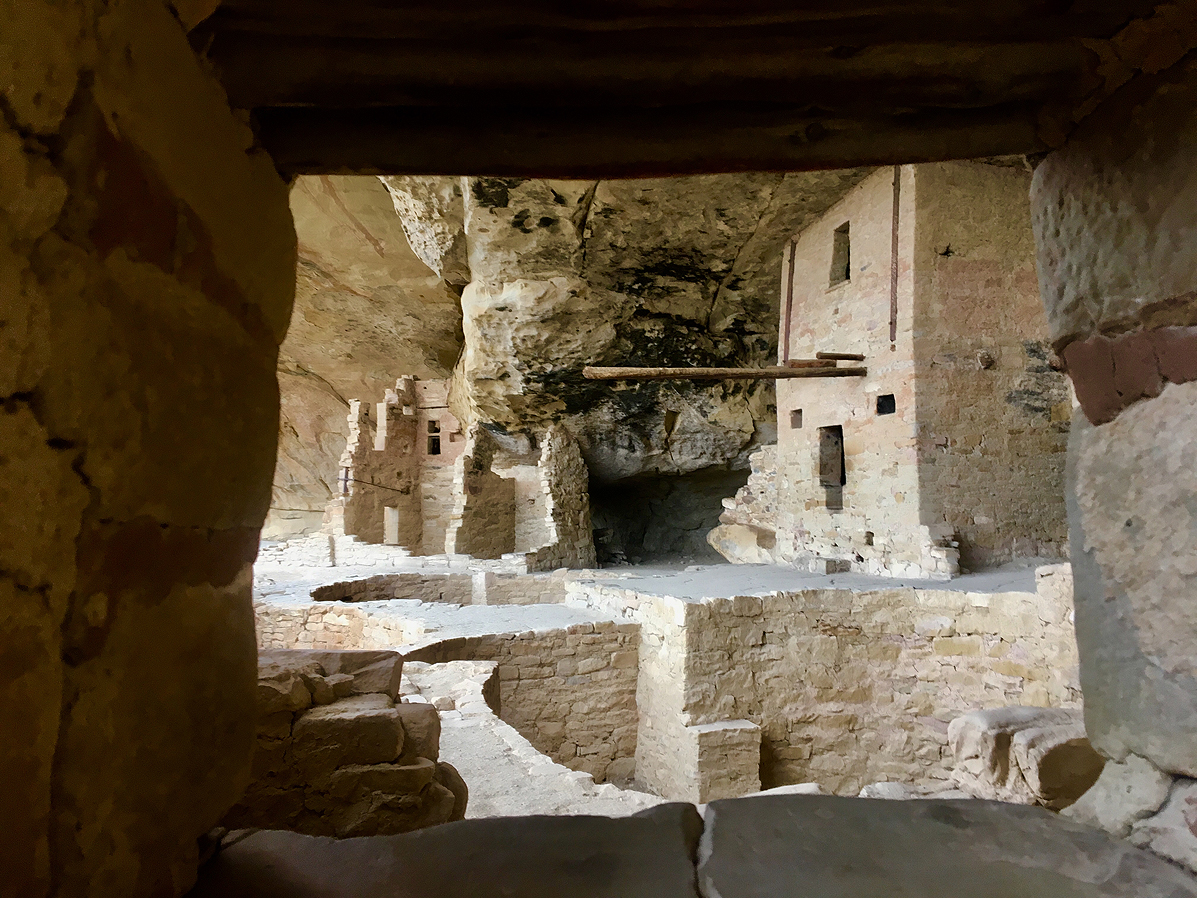
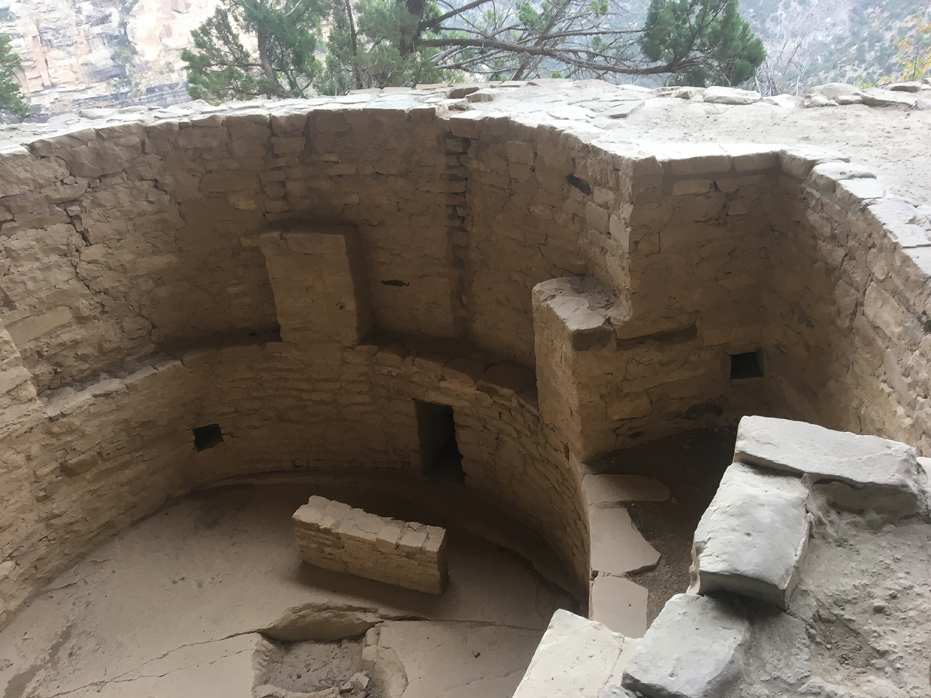
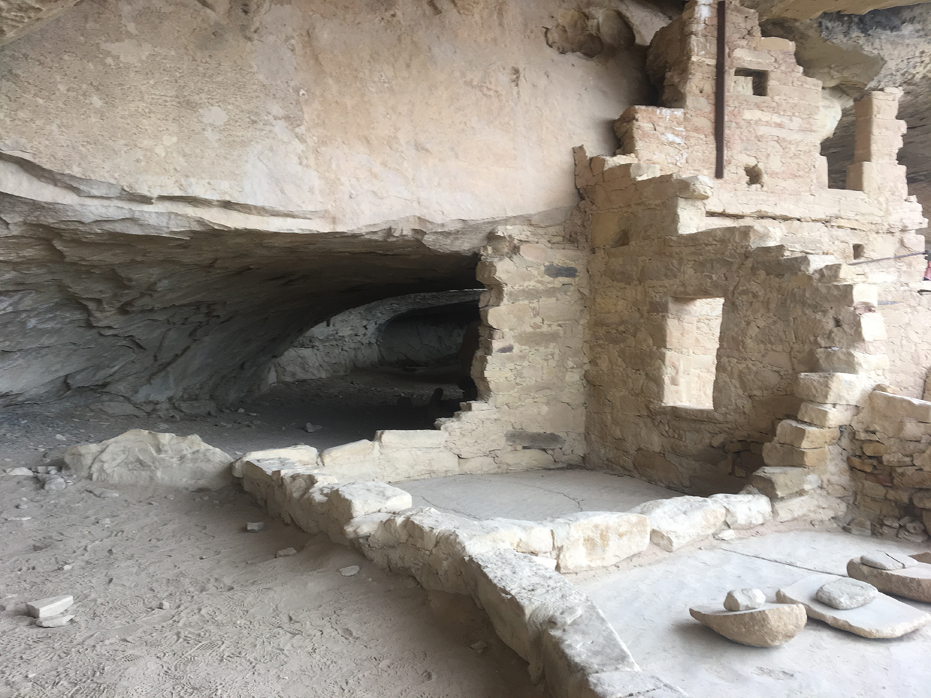
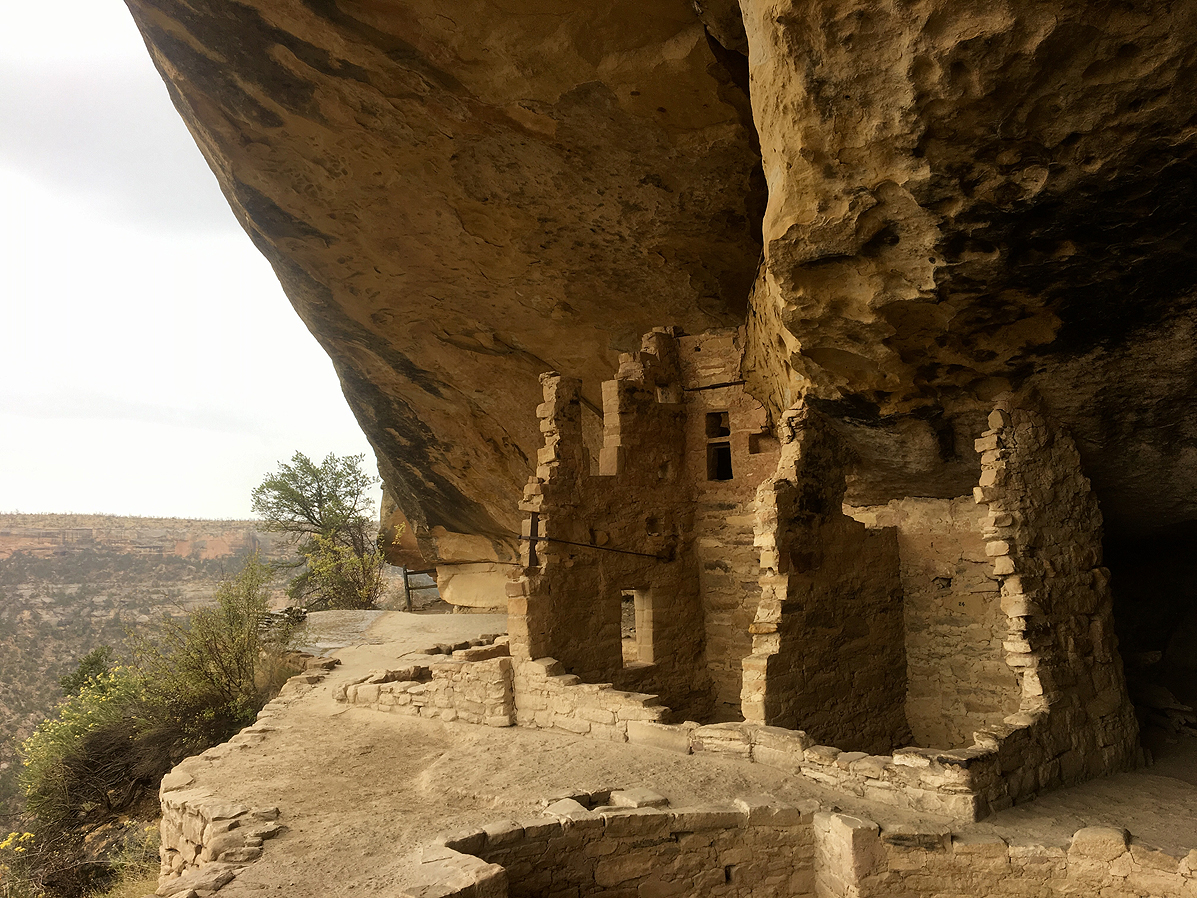
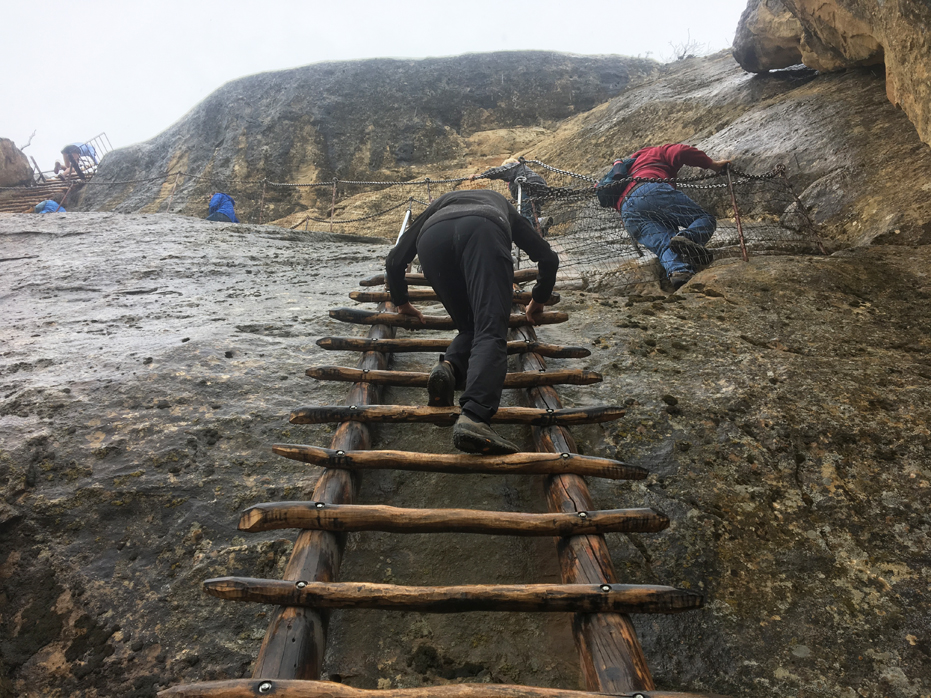
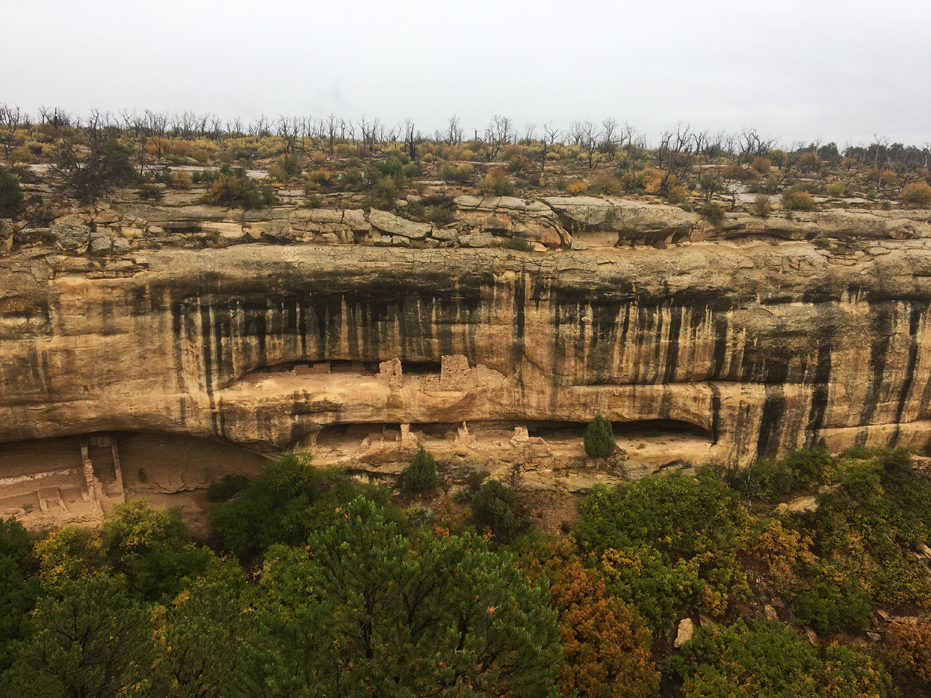
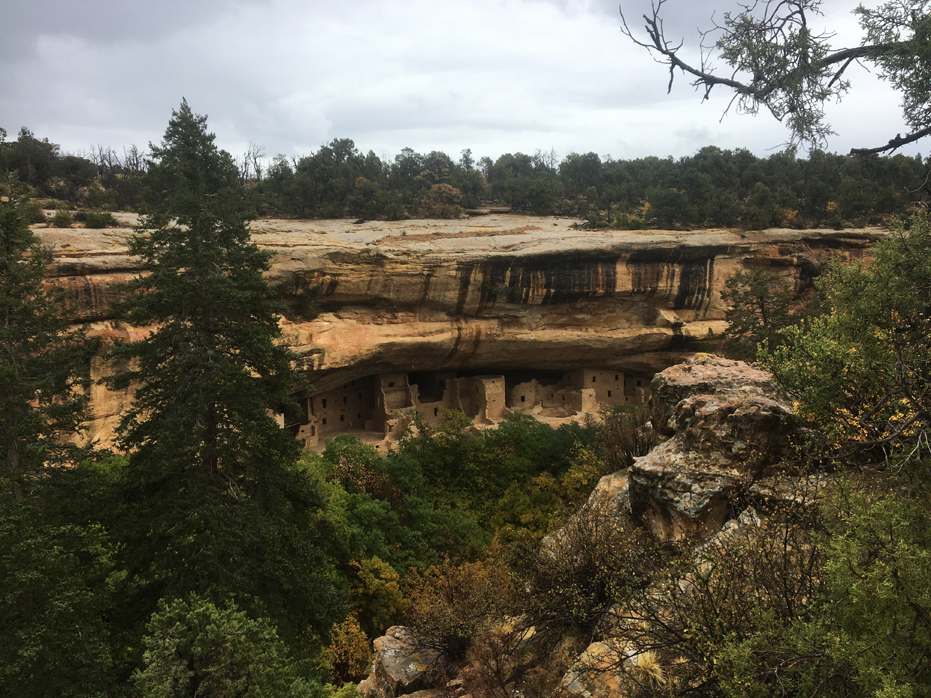
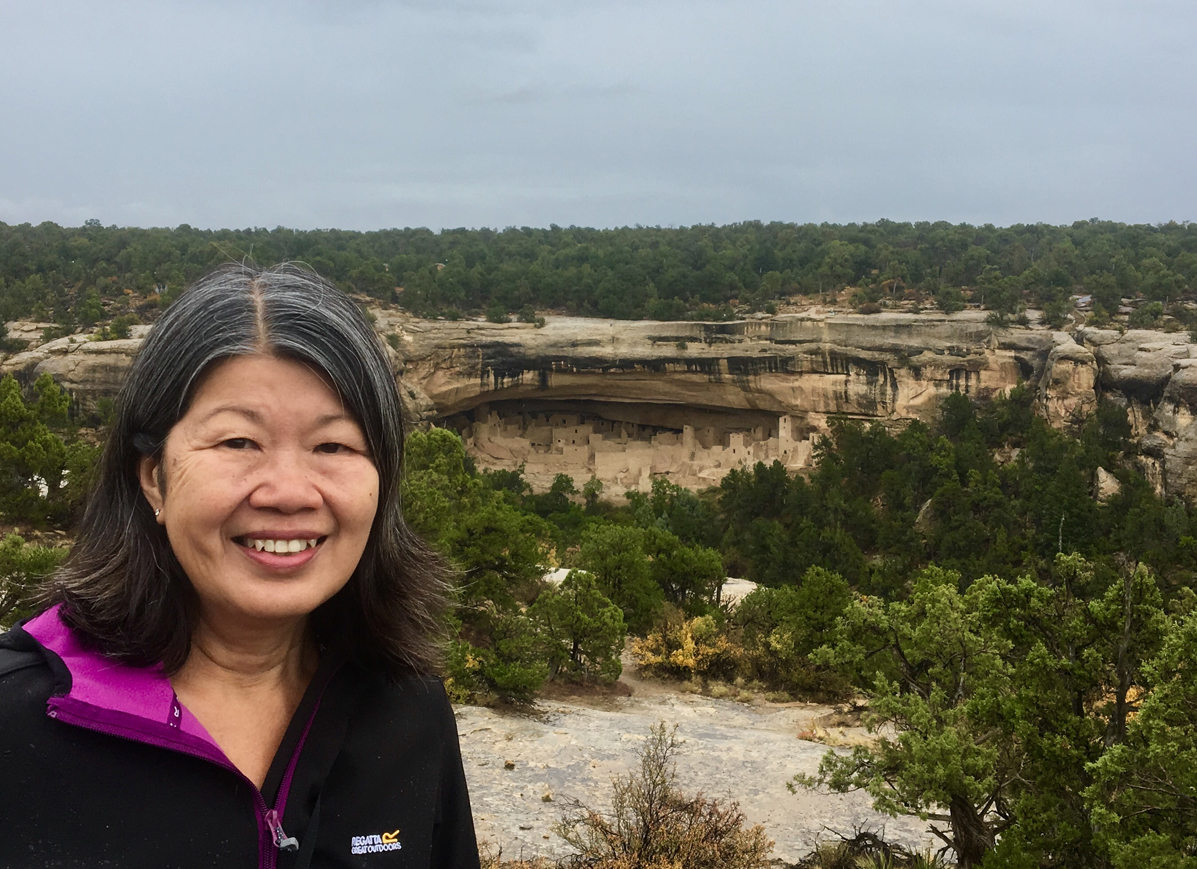
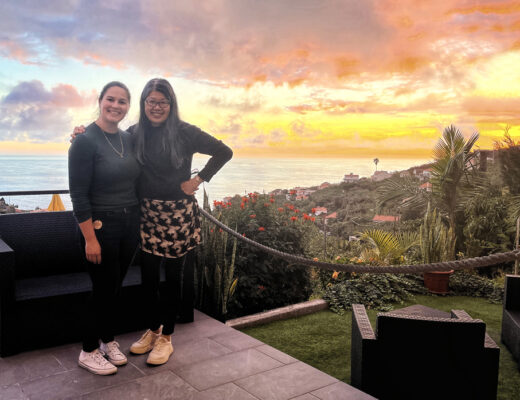
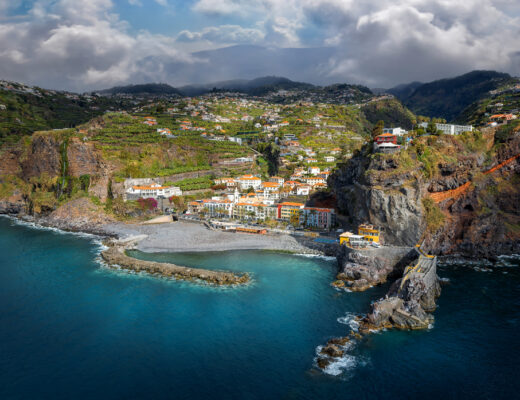
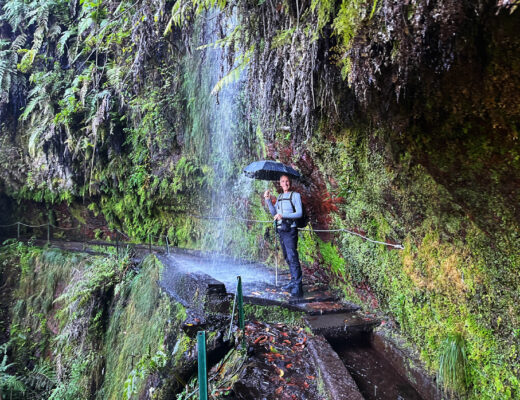
No Comments